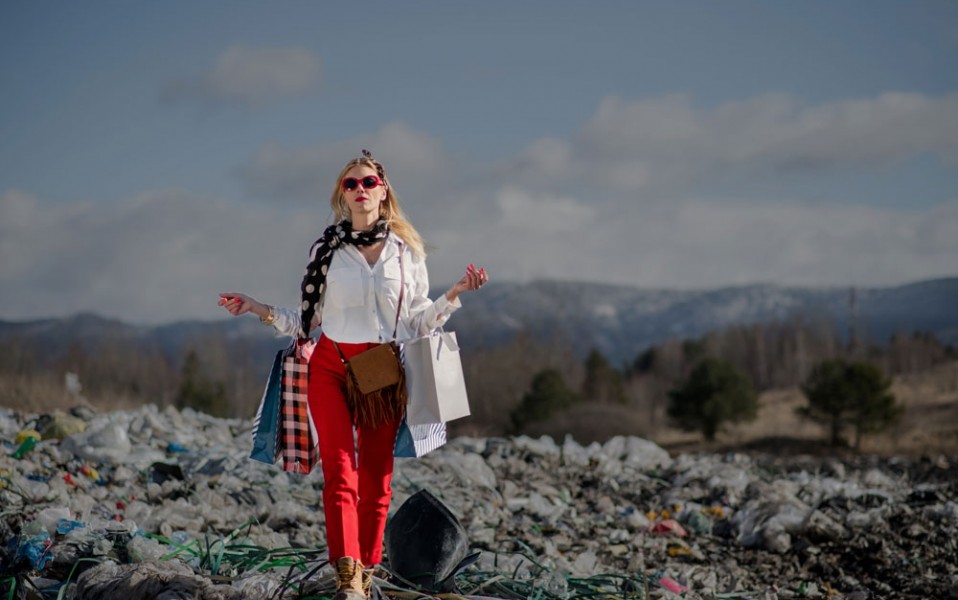When COVID-19 erupted this year, it highlighted the interconnectedness of our lives and the inherent uncertainty surrounding global economies, businesses and humankind. Similarly, the protests associated with the Black Lives Matter movement have increased the pressure to solve social issues that pervade large parts of society and
the fashion industry. This turbulent year has heightened awareness of the many challenges the fashion industry is facing, including in supplier relationships, greenhouse gas (GHG) emissions, employment structures, overproduction and wastage.
These systemic issues are also apparent in the looming threat of climate change, which is set to create accelerating socio-economic impacts over the coming years. If we fail to take coordinated action on the greenhouse gas (GHG) emissions causing climate change, we can expect to see increasingly common crises such as heatwaves,
rising sea levels and damage to ecosystems that are vital to our future.
This year marks a milestone in the industry’s journey to restrict global warming to the 1.5 degrees targeted by the Paris Climate Change Agreement.1 To date, only around 50 fashion companies have committed to the science-based
targets aligned with the agreement.
As a significant contributor to climate change, the fashion industry needs to act now to cut its GHG emissions. 4 The onus is on fashion leaders to move from a moderate decarbonization trajectory to a significantly more ambitious one.
With that challenge in mind, it has never been more important to explore the emissions status quo and to understand in detail how various decarbonization scenarios may play out.
The analysis of the fashion the industry’s GHG emissions and outlines areas in which players can focus their efforts to meet climate targets. By triangulating GHG emissions data, analyzing current and accelerated trajectories, and quantifying the gap to meeting the Paris targets, it offers insight into the industry’s potential for decarbonization and
presents recommendations for moving forward.
The stakeholders include brands, retailers, manufacturers, citizens, investors and policymakers to play their part
in putting the fashion industry on the 1.5-degree pathway. Only by daring to change, collaborate and embrace new ways of operating can we, together, transform the industry and create prosperity for people and communities while working within planetary boundaries, protecting biodiversity and minimizing the industry’s contribution to global warming.

